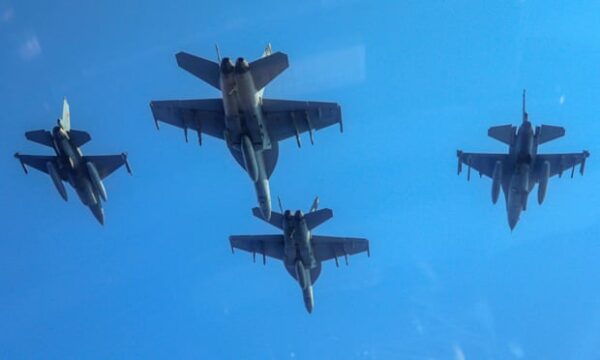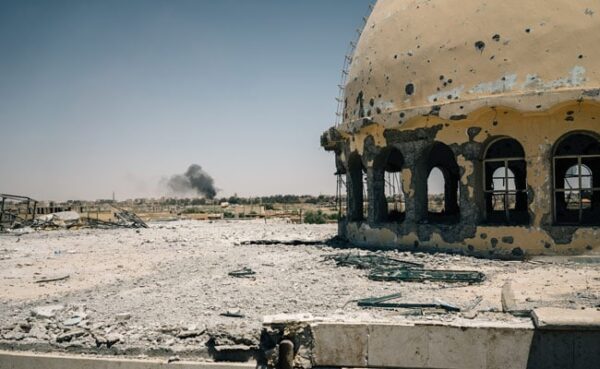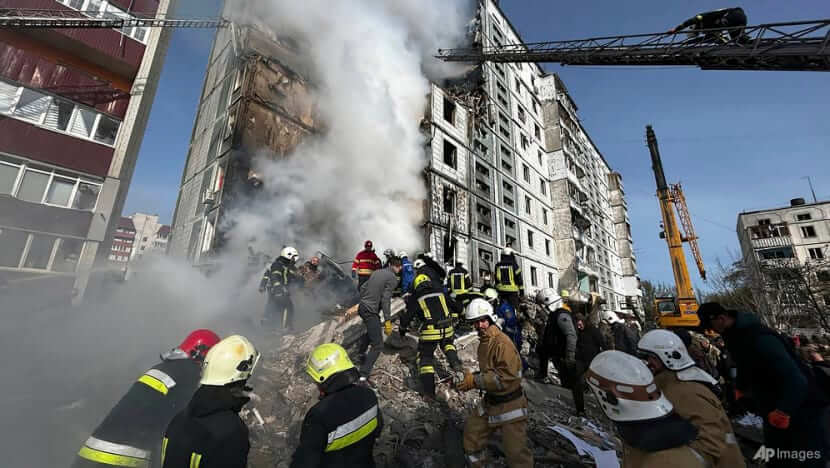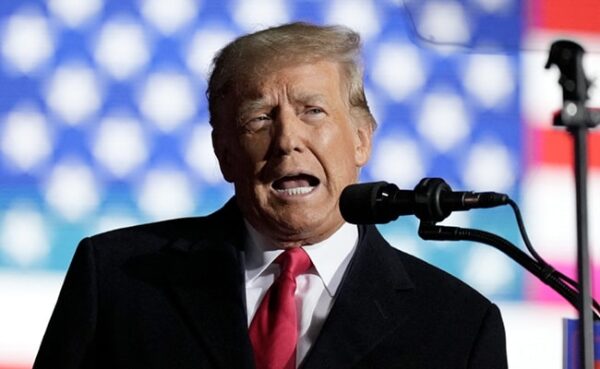The troops led by the US and militia supported by Iran exchanged shots for the second day in a row, but the Biden government said the battle would not affect nuclear negotiations with Tehran.
The US Central Command said two bases, Conoco and Green Village, which were used for the US mission against the Islamic State (IS) had been attacked by rockets on Wednesday night, but there were no serious injuries. The US replied with an attack helicopter, killing “two or three militant suspects supported by Iran carried out one of the attacks” and destroyed the vehicle.
The response is proportional and intentional,” said Centcom’s statement. “The United States is not looking for conflict with Iran, but we will continue to take the steps needed to protect and defend our people.”
US officials have emphasized that there is no relationship between the battle between the US and the alleged Iranian proxy, and the complex endgame of negotiations to revive the 2015 agreement between Iran and the main forces which have been mostly destroyed since Donald Trump attracted the US in 2018.
The Department of Foreign Affairs confirmed that the US had sent a response on Wednesday to Iran’s proposal on ways to return to the agreement.
Iran said that they had received US responses and learned it. Both the US and Iran’s responses followed the proposed EU blueprint to restart the nuclear agreement, which with Iran would return its nuclear program in return for sanctions assistance.
John Kirby, a spokesman for the US National Security Council, said that Iran had made several concessions that had closed the distance between the negotiation position but added: “The gap still exists. We haven’t arrived there yet. “
When nuclear negotiations seemed to end the last stretch, the battle blazed in Syria, where the US Anti-IS coalition was led by the US at close range with the militia supported by Tehran in Syria and Iraq. Wednesday clashes came the day after the US air strike against the target at Deir Azzour, which according to Washington was a weapon bunker used by militias affiliated with the Iranian Islamic Revolution Guard Corps (IRGC). The action was taken as a retaliation for drone attacks on US military posts on August 15.
Kahl said Tuesday’s strike had hit nine bunkers, and initially targeted 11 but people had been seen near two of them. The goal is not to cause victims but to send a message of prevention, he said.
Our response is very careful of being calibrated. It is intended to be proportional to attacks carried out by groups supported by Iran on August 15. That’s very appropriate, “he said.
There is a series of attacks on residual US military missions in Syria, lagging behind to monitor and contain the remnants of IS. Kahl said the decision was taken to attack again after the August 15 drone attack partially because the ruins of the falling drone could be traced directly to Tehran. He added that US air strikes were also a cumulative response to a series of attacks by militias based in Iran.
We do not want Iran to draw wrong conclusions that they can continue to do this and pass just like that,” he said.
He insisted that US military operations in Syria were not associated with negotiations about nuclear agreements, known as the Joint Comprehensive Action Plan (JCPOA).
Whether JCPOA was born again or not, it actually has nothing to do with our willingness and decides to defend ourselves,” said Kahl. “I think the strike last night was a clear enough communication to the Iranian people that these things were on different paths.”
Ellie Geranmayeh, a senior policy partner on the European council about foreign relations, said there were signs of anticipation on both sides of the agreement being achieved.
The US and Iran governments have begun to shift the message to their audience in expecting something that happens,” said Kerranmayeh.
Iran has been felt to have changed the tone for the past few weeks, exchanged nationalistic and anti-West views for a more neutral position in the agreement, which was framed by Iranian leaders as P




